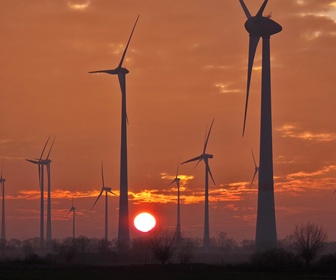The latest Energy Transition Outlook North America 2025 from DNV projects a slower path towards decarbonisation in the USA and Canada following policy reversals introduced in 2025. The report, which models energy trends through 2060, highlights a temporary setback for renewables but anticipates strong growth for wind and solar power from the mid-2030s onwards.
According to DNV, new policy changes have extended fossil fuel dominance in the North American energy mix. Fossil fuels, which currently make up around 80% of primary energy, are now expected to provide half of total energy demand by 2050—five percentage points higher than forecast in the previous edition. Natural gas will remain the most significant fossil fuel, supplying around one-third of electricity by 2035 and 40% of manufacturing energy by 2060.
Despite this prolonged reliance, renewables are set for a substantial rebound. DNV predicts that wind and solar will grow from 19% of electricity generation today to 55% by 2040. After an initial slowdown when the Inflation Reduction Act incentives expire, installations are expected to regain momentum as renewable generation increasingly replaces gas-fired power from 2034. The report also notes that both solar and onshore wind remain the cheapest sources of electricity, with their levelised cost of energy significantly below that of gas-fired turbines.
Battery storage capacity will play a key role in integrating renewables. By 2040, North America is forecast to have 1.8 TWh of grid-connected batteries—25 times more than in 2024—with almost 60% co-located with solar generation. Behind-the-meter systems in commercial buildings will also expand, encouraged by long interconnection delays, increasing the share of self-generated electricity to 10% by 2040.
However, the shift to low-carbon energy will take longer than previously expected. DNV now forecasts that near-complete decarbonisation of the power mix will not be reached until 2058, eight years later than in last year’s outlook. Cumulative energy-related emissions between 2024 and 2050 are projected to be 19 billion tonnes higher due to the delayed transition.
Electricity prices are expected to rise by around 22% over the next decade, driven mainly by grid investments and continued reliance on gas in tight power markets.










